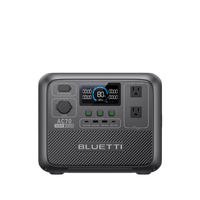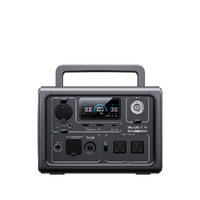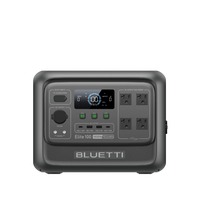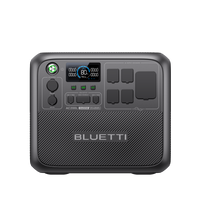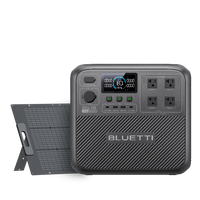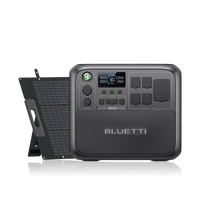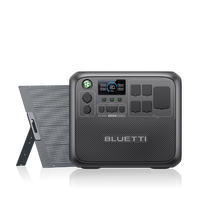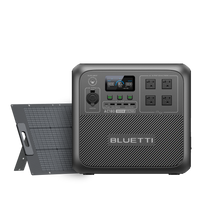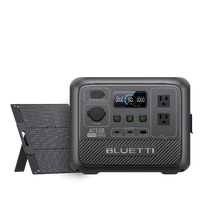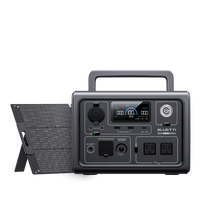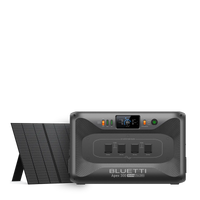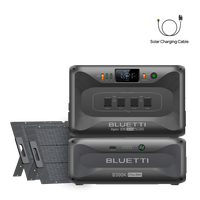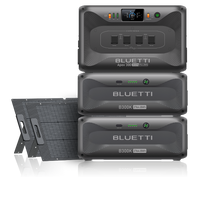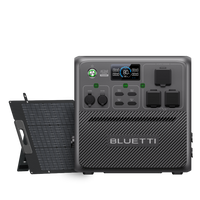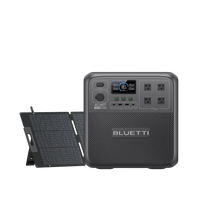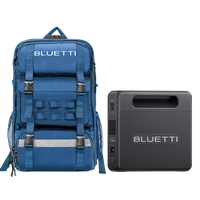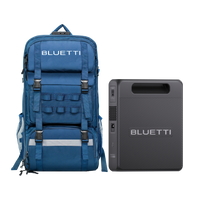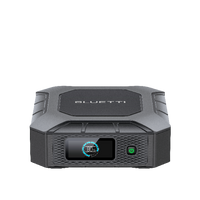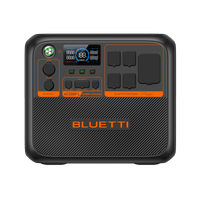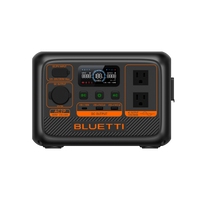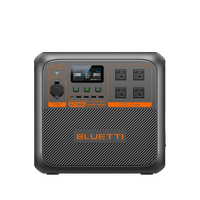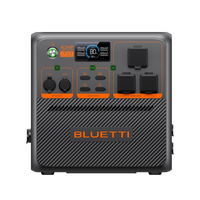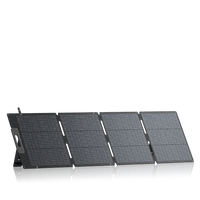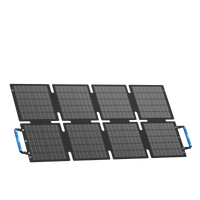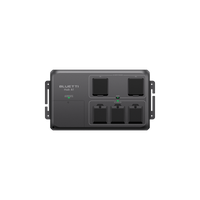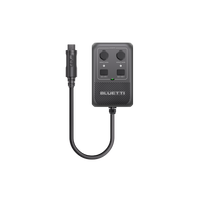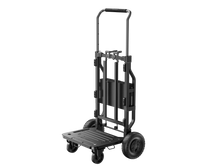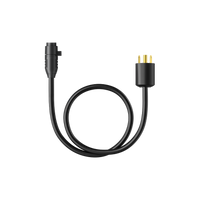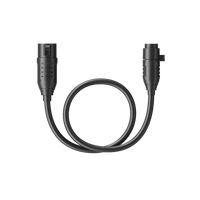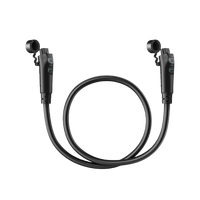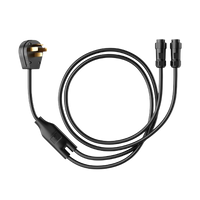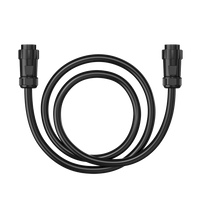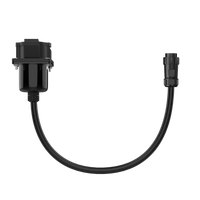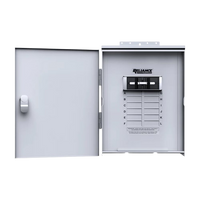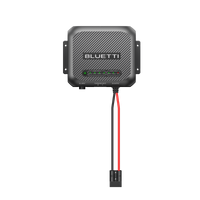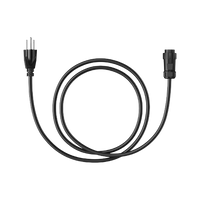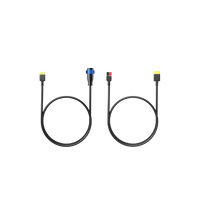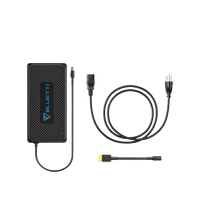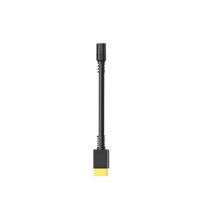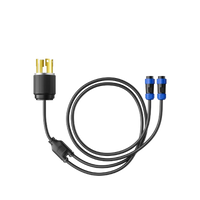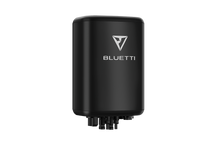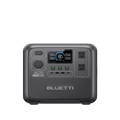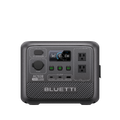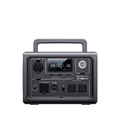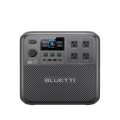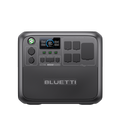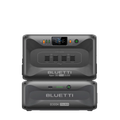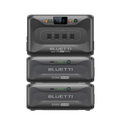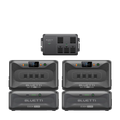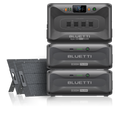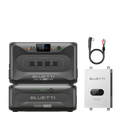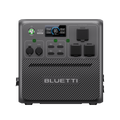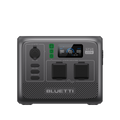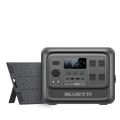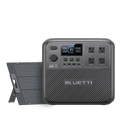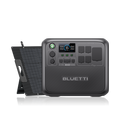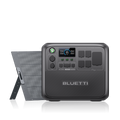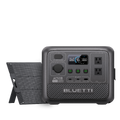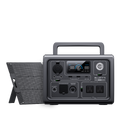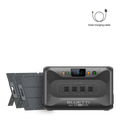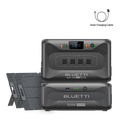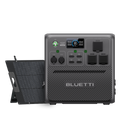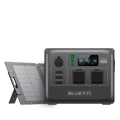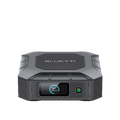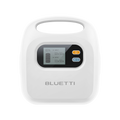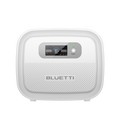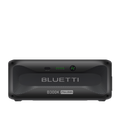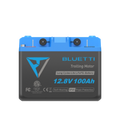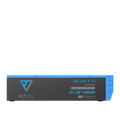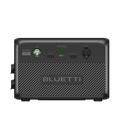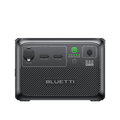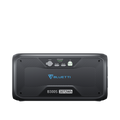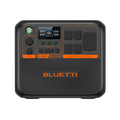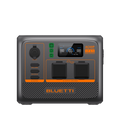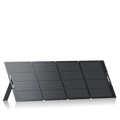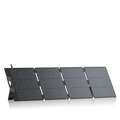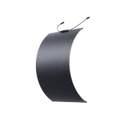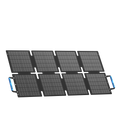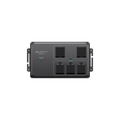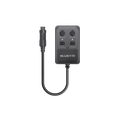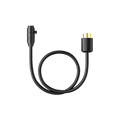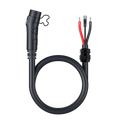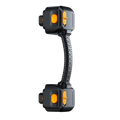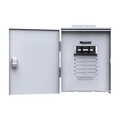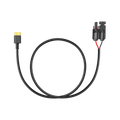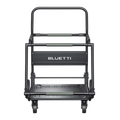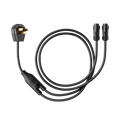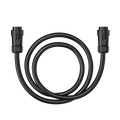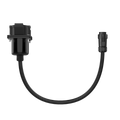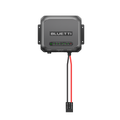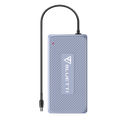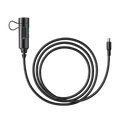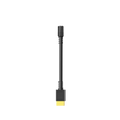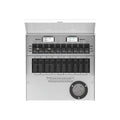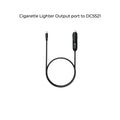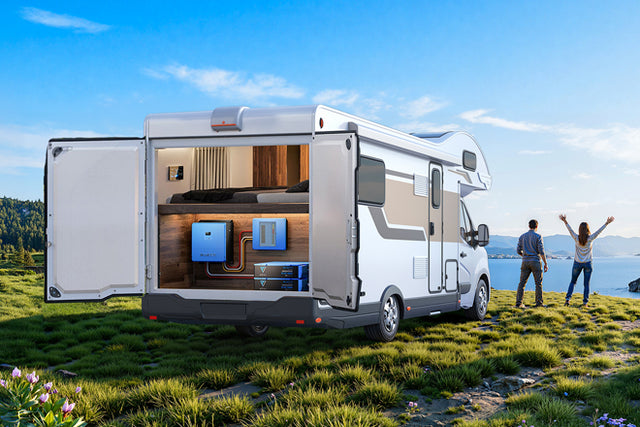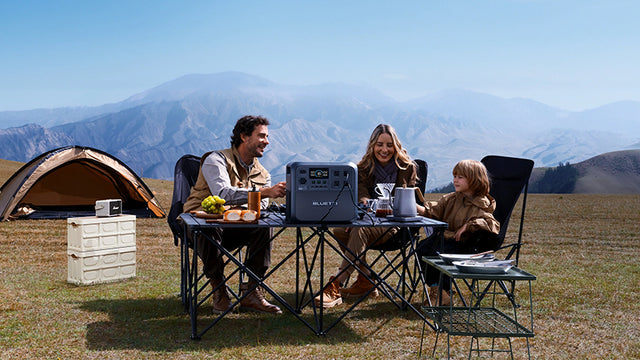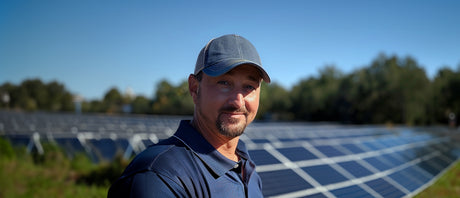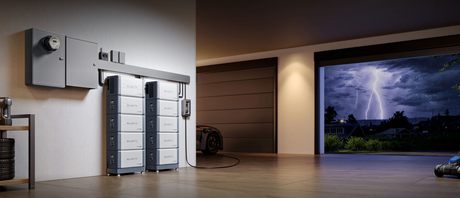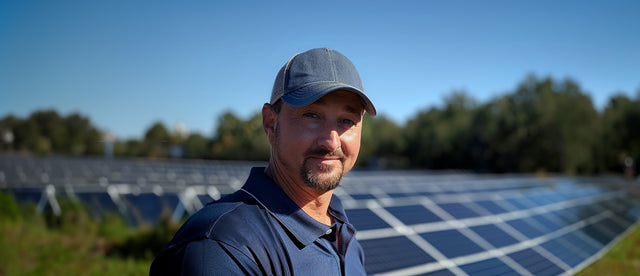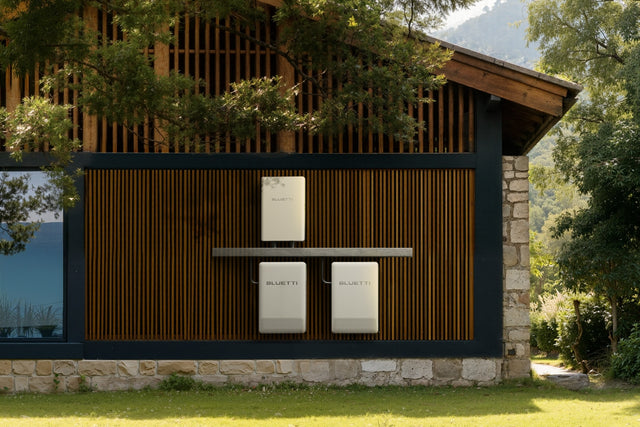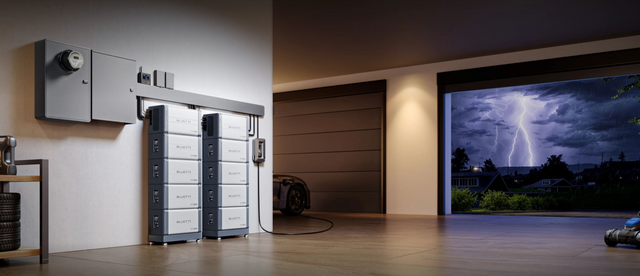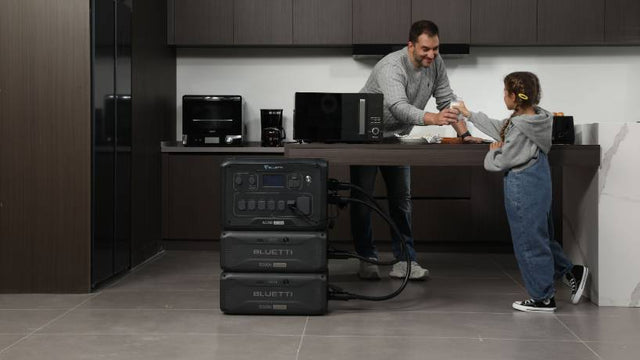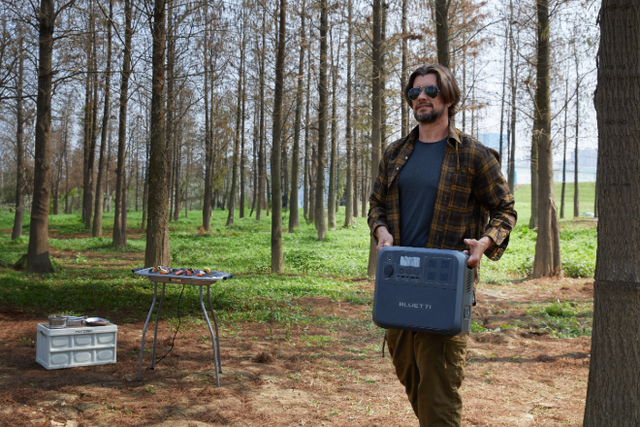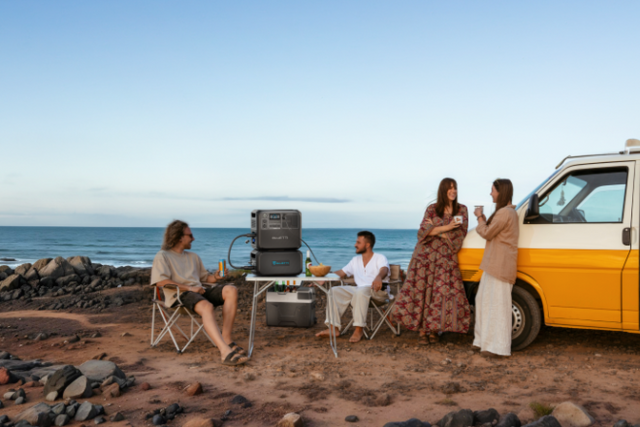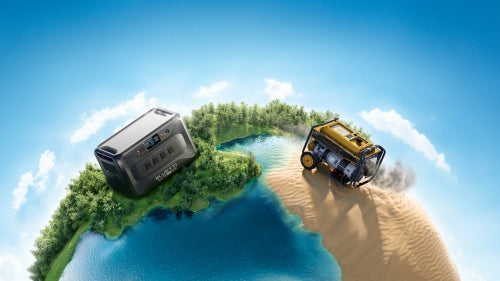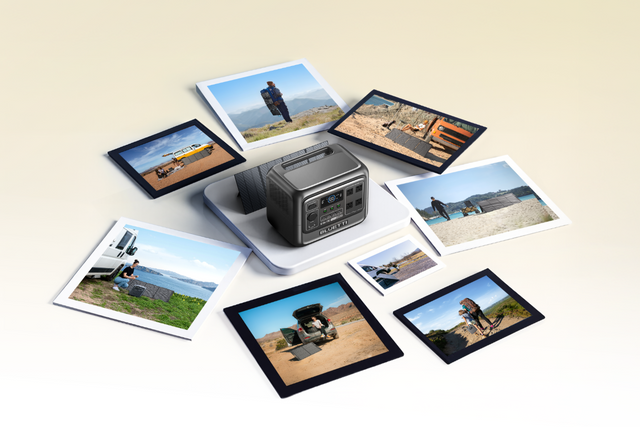Your cart is empty
Shop our productsIn our digital world, a dead phone battery is a major disruption. Power banks keep you charged on the go, but choosing between a 10,000 mAh or 20,000 mAh model depends on your needs. This guide compares their differences to help you pick the right one for daily commutes, festivals, or outdoor adventures.

mAh Capacity: The Details You Must Understand
mAh means milliampere hour, which is a unit of measure of a battery's electrical charge. Think of it as the fuel tank of your power bank: a 10,000 mAh unit can theoretically deliver 10 amperes for one hour at its nominal voltage.
The figure on the box, however, does not translate to real usable power. The reason is that a power bank is a portable charger that houses the internal battery cell, and some of the energy is lost during conversion to the device. This loss is between 10 and 20 percent and is one of the main causes that prevents the usable power from being equal to the advertised power.
Therefore, a 10,000 mAh power bank will provide approximately 8000-9000 mAh of usable power to your devices, whereas a power bank with a 20,000 mAh power rating would provide approximately 16000-18000 mAh of usable power to your devices. This distinction is key when purchasing.

The Main Differences: A Comparative Brief View
A comparison between a 10000 mAh power bank and a 20000 mAh power bank will indicate some major differences that will affect their application in a real-life scenario:
|
Feature |
10000 mAh Power Bank |
20000 mAh Power Bank |
|
Size & Weight |
Compact and lightweight (180-300g) |
Bulkier and heavier (350-500g) |
|
Charging Speed |
Recharges in 3-6 hours |
Recharges in 6-10 hours |
|
Compatibility |
Ideal for smartphones, tablets, laptops, wearables, and laptops with USB-C PD |
Capable of charging smartphones, tablets, wearables, and laptops with USB-C PD |
Charging Potential: How Many Times Can You Charge?
The number of charges you can derive from each power bank is an important metric that is directly correlated to its usable capacity.
10000 mAh power bank:
- Smartphones: 1.5-2 full charges on a projected smartphone.
- Earbuds/Smartwatches: 10-20 times for wearables like earbuds or smartwatches.
- Tablets: Approximately one full charge.
20000 mAh power bank:
- Smartphones: 3 to 4 full charges for an expected smartphone.
- Tablets: 1.5 to 2 full charges.
- Accessories: 20 to 40 charges or more for accessories like wireless earbuds and smartwatches.
- Laptops: Laptops will be charged 1-1.5 times by some USB-C-connected power banks.
Pros and Cons: A Quick Introduction
To ease the decision-making process, a summary of the pros and cons of each capacity is provided below.
10000 mAh Power Bank
- Advantages: It is exceptionally portable and lightweight, so it can be used daily. It is also often a better value for money, which is typically under the airline's acceptable carry-on baggage cap.
- Disadvantages: It suffers in the most significant way in terms of the number of charges it can provide. As noted, it isn't sufficient for long-term travel or charging multiple devices at once.
20000 mAh Power Bank
- Advantages: The biggest advantage this unit can provide is that it has a greater ability to offer more charges and support several devices at the same time. Therefore, it is perfect for heavy users.
- Disadvantages: The disadvantage of this additional charging power is that the unit is compromised by considerable weight and takes significantly longer to recharge.
Who Would Use Each Power Bank?

When deciding between a 10,000 mAh power bank and a 20,000 mAh power bank, it is often a matter of personal preference, depending on one's lifestyle and device usage.
A 10,000 mAh power bank is ideal for the average user needing a lightweight power source, such as an emergency power source, or for that person going on a short day trip or needing to top up at a music festival or night out. It is still low-cost and still provides good backup to charging requirements when there are no serious charging issues. It is generally designed to help one user through a low battery or one day with no wall plug availability.
A 20,000 mAh power bank is a massive one when developing a power bank that would suit the heavy user or long-distance travel. It works wonderfully on long routes, when it is necessary to go camping for a long time, or to be ready in the case of a power cut. It will be sufficient to charge many devices and can charge a smartphone, a tablet, wireless earbuds, and even a small laptop at once. It might be expensive compared to a 10,000 mAh power bank, but the increased capacity, additional ports, and additional charging opportunities may prove to be worth the price in the long term. Finally, a 20,000 mAh power bank is the most appropriate idea in the case of an individual with a higher power demand.
Product Purchase: Smart Buying of a Power Bank
The following are some of the key things to consider when making preparations to purchase.
- Check the capacity of your phone battery: An average smartphone in the modern world has a battery capacity of between 3,000 and 5,000 mAh. The power capacity of your gadget can be used to approximate the number of charges you are likely to get from an external power source, also referred to as a power bank.
- Picture your plans: Think about your planned use of the power bank. You could be going out for a short day or on an international vacation for a long period. Are you charging a phone, tablet, or action camera? The difference may just be a model of 10000 or 20000 mAh, depending on the trip.
- Consider the capabilities: New power banks and modern technology have added to storage capacity.
- Quick Charging: You should look for a power bank that has a quick charge ability, ideally via USB-C Power Delivery (PD), for your rapid charging needs. USB PD has become the de facto standard in charging laptops, tablets, and smartphones quickly.
- Pass-through Charging: Allows the power bank to charge devices while recharging itself. This is very convenient if there is only one charging outlet available, since it allows for charging both here simultaneously.
- Solar Charging: Outdoors, some power banks will come with a built-in solar charger as a backup power source that doesn't require an electrical power outlet. Solar chargers use photovoltaic cells to generate power from sunlight and provide an energy-efficient means of staying charged while outdoors without electrical access.
Portable Power Stations for Power Outages
These featured products provide portable power to users whose requirements go beyond a simple power bank.
BLUETTI Elite 100 V2 Portable Power Station

This is a massive upgrade in the capacity of the power bank compared to 20000 mAh, being a portable power station that is capable of serving a wide range of power requirements.
- It has a high capacity of 1,024 Wh and a power of 1,800 W. Its surge power is 3,600 W, which implies that the appliances with high start-up power can be supplied.
- The Elite 100 V2 is compact and is approximately 30 percent smaller than the former model, weighs 11.5 kg, and is the perfect size to be kept in the car for day outings outside or as a home standby when the electricity cuts out.
- It includes fast charging, and it can charge anywhere to 99 percent within about an hour with AC.
- The device can be employed as an uninterruptible power supply (UPS) with a switchover time of under 10 milliseconds to enable such vital electronics as computers to endure a power disruption.
The BLUETTI Apex 300 is the most powerful home backup power. Apex 300 is a power bank home backup system that can handle extended periods of power outage or off-grid living and is a significant leap from standard power banks.
- It boasts an enormous power capacity of 2,764.8 Wh and a power output of 3,840 W. This massive level of wattage allows it to handle the power demands of the essential home appliances.
- The system also includes the LiFePO₄ battery, which is safe and long-lasting.
- The Apex 300 is an all-around power station that can also be used in multi-day outings and RVs.
- It is a well-designed one that displays a clean digital display and features ergonomic carry handles, and 0 ms UPS to switch power seamlessly.
Conclusion
A battery comparison is only a small part of the path towards finding the proper portable power solution. It concerns the familiarity with such key ideas as usable capacity, portability paradox, and fast charging in our contemporary situation of charging. The preference for 10,000 mAh and 20,000 mAh power banks will be directly associated with the lifestyle of the users who will need daily convenience, but the freedom to be independent of a power source at the same time.
Lastly, the overall lesson learned is the obvious difference between a power bank and a portable power station. The power bank has seized the everyday conveniences category of low-power devices, and the portable power station has assumed its niche as the accessory to power a complete system, be it on a backcountry or off-grid trip, or as a power outage in the house.
Shop products from this article
Be the First to Know
You May Also Like




